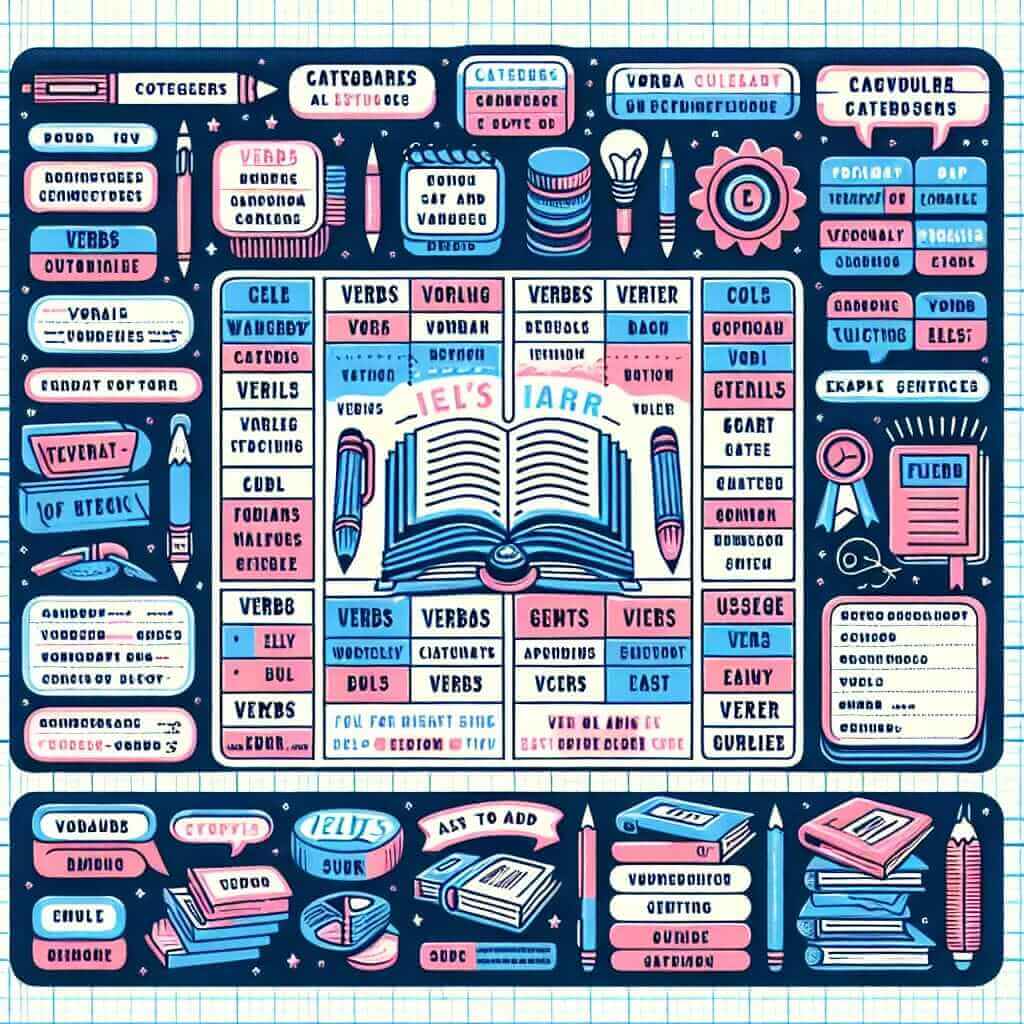The phrase “it reflects that” often pops up in writing, but is it grammatically sound and appropriate for IELTS? This article explores the nuances of “it reflects that,” offering insights to enhance your grammatical accuracy and writing finesse for the IELTS exam.
Nội dung bài viết
Let’s examine a few examples:
- Example 1: The growing number of volunteers reflects the community’s concern for the environment.
- Example 2: The survey indicates that young people are increasingly concerned about climate change.
- Example 3: The author’s use of vivid imagery demonstrates her deep connection to nature.
In each of these examples, the bolded words serve to connect an observation with its underlying meaning. Understanding these connections is crucial for achieving clarity and sophistication in your IELTS writing.
Understanding “It Reflects That”
Grammatically, “it reflects that” isn’t inherently incorrect. However, it can feel somewhat clunky and unnatural, especially in formal writing like IELTS essays. The pronoun “it” often feels vague, and the verb “reflects” might not be the most precise choice.
Let’s break down why:
- “It” lacks specificity: Without a clear antecedent (the noun “it” refers back to), the sentence can become ambiguous.
- “Reflects” implies a direct mirroring: This verb is most suitable when something directly shows or reveals something else. For interpretations or inferences, other verbs might be more fitting.
Alternatives and Their Applications in IELTS
Instead of “it reflects that,” consider these alternatives:
1. Stronger Verbs:
| Verb | Function in a Sentence | IELTS Example |
|---|---|---|
| Indicates | Shows, suggests, points to | The increase in online shopping indicates a shift in consumer behavior. This trend is likely driven by factors such as convenience and a wider selection of goods. |
| Demonstrates | Clearly shows, provides evidence of | The study demonstrates the effectiveness of early childhood education. Children who participated showed significant gains in language and cognitive skills. |
| Highlights | Emphasizes, draws attention to | The report highlights the urgent need for investment in renewable energy. Without immediate action, the consequences of climate change will be severe. |
| Suggests | Implies, points towards a possible conclusion | The data suggests a correlation between education levels and income. Further research is needed to determine the causality of this relationship. |
| Illustrates | Explains or clarifies through examples | The author’s personal anecdotes effectively illustrate the challenges faced by immigrants. These stories provide a poignant and relatable glimpse into their experiences. |
2. Sentence Restructuring:
Sometimes, you can completely avoid the “it reflects that” structure by restructuring your sentence.
- Original: It reflects that society is becoming more aware of mental health issues.
- Improved: Growing societal awareness of mental health issues is evident.

Common Errors and How to Avoid Them
- Vague Pronoun Reference: Ensure “it” has a clear and unambiguous antecedent.
- Overuse of “Reflects”: Vary your language with the alternatives provided above.
- Informal Tone: Maintain a formal register throughout your IELTS writing.
Conclusion
While “it reflects that” isn’t grammatically wrong, using it judiciously and exploring alternatives can significantly elevate your writing. By mastering these nuances, you’ll be better equipped to express yourself with clarity, precision, and sophistication—key ingredients for achieving a high band score in the IELTS exam.